10 things named after Sir David Attenborough

Sir David Attenborough is accruing quite a substantial collection of things named after him. This week our favourite documentarian was the inspiration for the name of a 430 million year old fossil.
And there's an an abundance of other species and objects, including a boat, that carry the Attenborough name.
SEE ALSO: Watch Kids Narrate 'Planet Earth'
Here are ten of the best namesakes, starting with that fossil:
1. Cascolus Ravitis
Cascolus ravitis is the name of the 430 million year old fossil of a one centimeter long crustacean that was found preserved in volcanic rock. The first name of the new species is the Latin translation for Attenborough.
"The biggest compliment that a biologist or palaeontologist can pay to another one is to name a fossil in his honour and I take this as a very great compliment." Attenborough said in response.
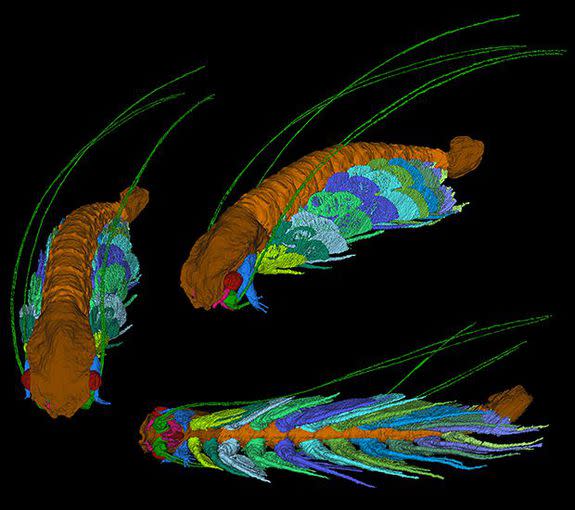
Image: Siveter
2. Electrotettix attenboroughi
Electrotettix attenboroughi is an extinct species of pygmy grasshopper that was found preserved in amber.
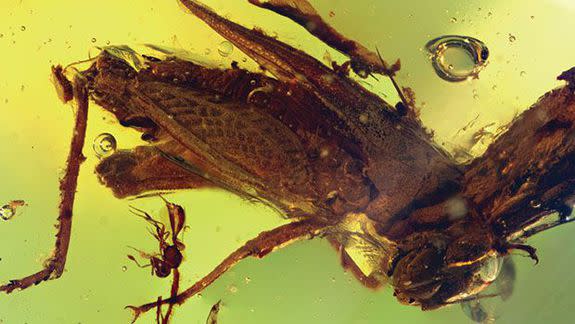
Image: wikimedia commons/Sam W. Heads/M. Jared Thomas/Yinan Wang
3. Materpiscis attenboroughi
Materpiscis attenboroughi was a fossilized fish found in Western Australia that was preserved with an unborn embryo. The discovery makes the materpiscis the oldest known vertebrate to give birth to live young.

Image: wikimedia commons/sularko
4. Euptychia attenboroughi
A rare Amazonian butterfly was named Euptychia attenboroughi after Sir David Attenborough in honor of his affinity for the beautiful insects. Attenborough has been an outspoken advocate for butterfly conservation.
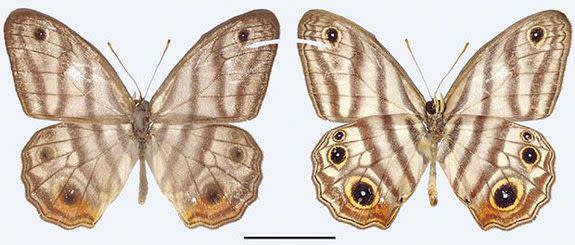
Image: wikimedia commons
5. Nepenthes attenboroughii
Nepenthes attenboroughii or Attenborough's pitcher plant is a carnivorous plant. It was found on the summit of Mount Victoria in the Philippines.
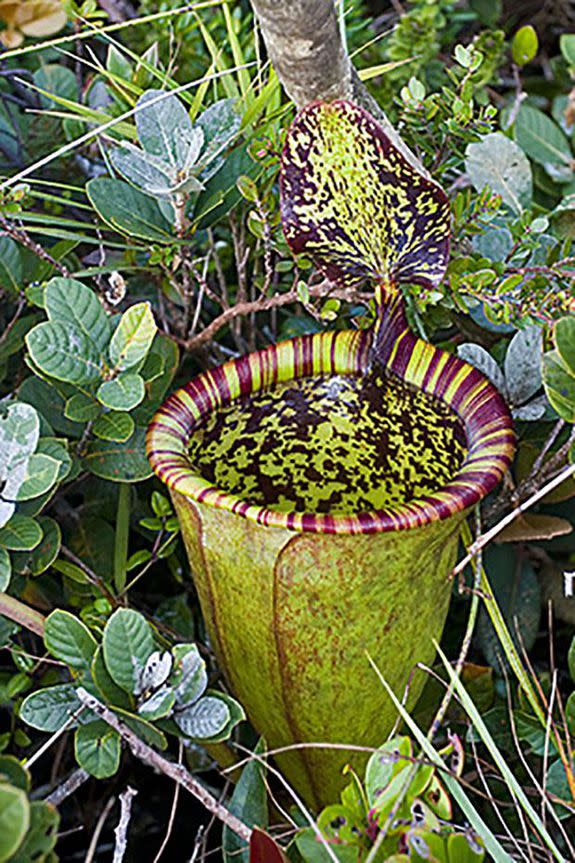
Image: wikimedia commons/Dr. Alastair Robinson
6. Trigonopterus attenboroughi
Trigonopterus attenboroughi is a flightless weevil from Indonesia.

Image: wikimedia commons/Riedel
7. The David Attenborough Building
The David Attenborough Building in Cambridge, England was opened in 2016 as a center for biodiversity. Attenborough abseiled down a 13 meter wall covered in foliage to celebrate its grand opening.

Image: Photography/REX/Shutterstock
8. Attenborosaurus
The Attenborosaurus is a genus of aquatic reptiles that was named after Sir David Attenborough. The dinosaur lived millions of years ago and was was discovered in Dorset, England. Its fossil resides in the Natural History Museum, London.
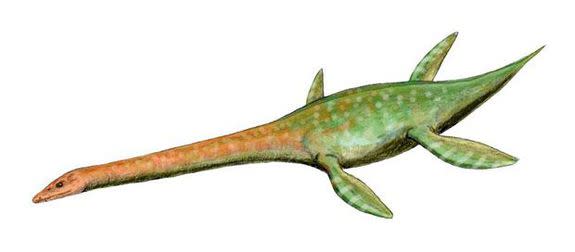
Image: wikimedia commons/Nobu Tamura
9. Sirdavidia solannona
Sirdavidia solannona was discovered off a mountain road in Gabon's botanically rich Crystal Mountains National Park. It was named in honor of Sir David Attenborough who had a major impact on the lives of the scientists who discovered it.
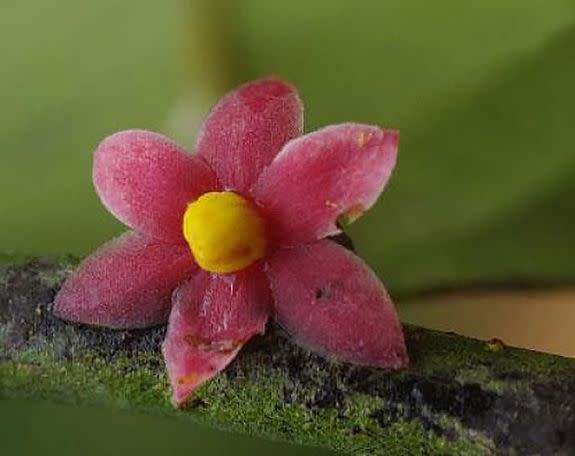
Image: wikimedia commons/Couvreur TLP, /Niangadouma R, /sonké B/Sauquet H
10. RRS Sir David Attenborough
The Natural Environment Research Council (NERC) decided to allow the public to weigh in on the naming of a polar research vessel. They did not anticipate the public would choose the name Boaty McBoatface. Despite the poll results, the council decided it would opt for a more prestigious title and named the ship RRS Sir David Attenborough.

Image: Rolls Royce
As a consolation to the public, the NERC dubbed an exploratory auto-submarine Boaty McBoatface. Boaty will soon embark on her first Antarctic mission.
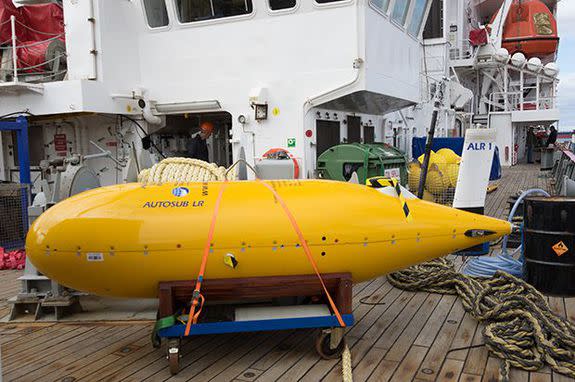
Image: Povl Abrahamsen/British Antarctic Survey
There's not many people who could pip Boaty McBoatface to the post without provoking the ire of the public.
Hats of to you Sir David!
